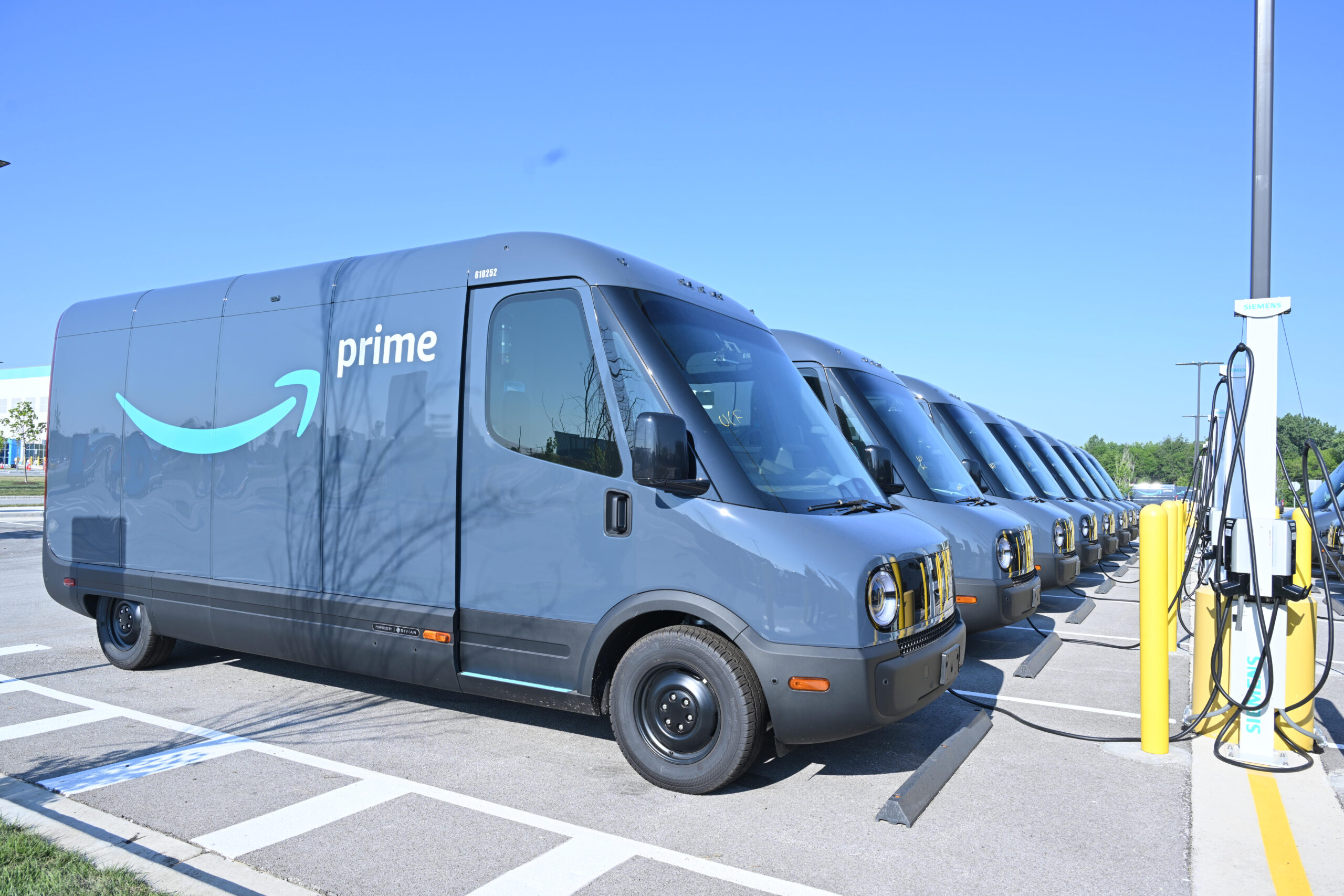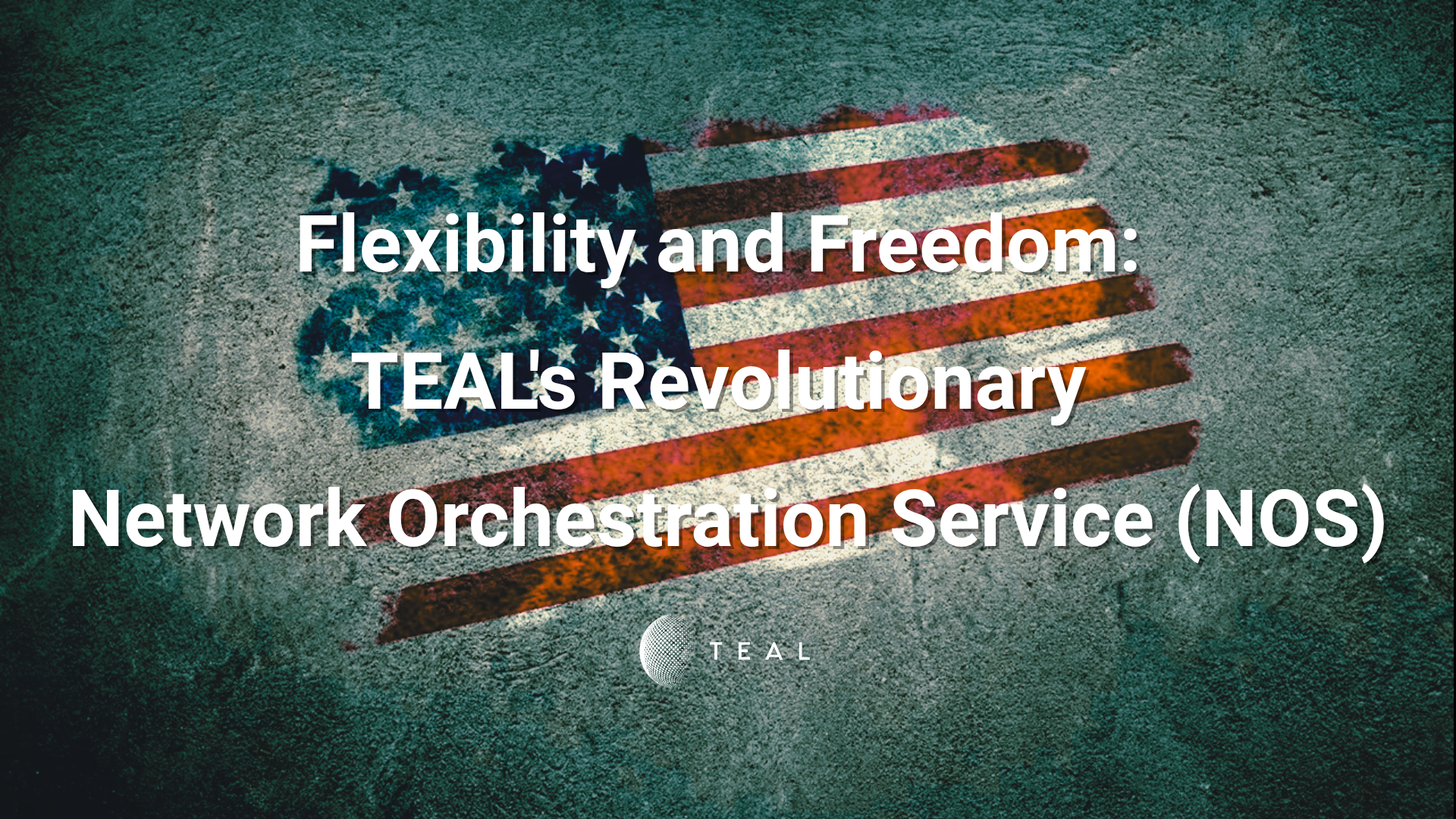Commercial Fleets Are Going Electric: The Rising Importance of EV Charging Infrastructure

Challenges and Opportunities in the Electrification of Commercial Fleets
In the dynamic landscape of sustainability and green technology, commercial fleets are steering towards a future fueled not by gasoline, but by electricity. This electrification wave, largely driven by aggressive corporate Environmental, Social, and Governance (ESG) goals and sharp decarbonization targets, is reshaping not just the environmental footprint of these fleets but also their operational paradigms.
The transition to electric vehicles (EVs) among large commercial fleets is indeed gaining momentum. This shift is not just about adopting new technology; it’s a testament to the commitment from large businesses to sustainability and a cleaner world. Statistics from EV100’s 2023 report highlight a substantial commitment across various industries to electrify their fleets. For instance, the United States Postal Service (USPS) has announced plans to make 75% of its new fleet electric by 2025, with an ambitious goal of introducing up to 165,000 electric vehicles. Amazon, not to be outdone, has committed to deploying 100,000 electric delivery vehicles by 2030, a move that is projected to save millions of metric tons of carbon emissions annually.
 Similarly, Gilead Sciences has initiated the integration of electric vehicles into their operations, with a plan to replace 50% of their fleet with electric models by 2025. McKinstry, a national construction and energy services firm, has a goal of a 50% emissions reduction by 2025 and a net zero operation by 2030. Burger King has transitioned 31% of its North American field team fleet to EVs across 16 states, with a goal of 100% EVs by 2030. These numbers reflect not just an investment in green technology but a significant shift in corporate governance towards more sustainable and environmentally friendly practices.
Similarly, Gilead Sciences has initiated the integration of electric vehicles into their operations, with a plan to replace 50% of their fleet with electric models by 2025. McKinstry, a national construction and energy services firm, has a goal of a 50% emissions reduction by 2025 and a net zero operation by 2030. Burger King has transitioned 31% of its North American field team fleet to EVs across 16 states, with a goal of 100% EVs by 2030. These numbers reflect not just an investment in green technology but a significant shift in corporate governance towards more sustainable and environmentally friendly practices.
However, this shift isn’t without its challenges. While many companies eagerly adopt electric vehicles to meet sustainability targets and keep pace with government regulations, there’s a growing concern about “electrification exhaustion.” Concerns about the maturity of the EV ecosystem, regional bottlenecks, and supply chain constraints have made some fleet managers cautious.
New Mandates and Incentives for Electric Vehicle Transition
With the onset of 2024, new regulations and incentives have become significant catalysts for accelerating fleet electrification. A noteworthy development is the Advanced Clean Fleets (ACF) Regulation by the California Air Resources Board (CARB), mandating that 50% of new vehicles purchased by government fleets from Jan. 1 must be zero-emissions vehicles (ZEVs), including electric or hydrogen-powered vehicles. “High priority” private fleets—large organizations with significant vehicle operations, including those in California—are subject to a gradual implementation process. This initiative is part of California’s broader effort to hasten the adoption of electric trucks as outlined in its sustainable freight action plan, aiming for all government fleet purchases to be ZEVs by 2027.
At a federal level, an executive directive from the Biden Administration has set ambitious goals for federal agencies to acquire light-duty ZEVs by 2027 and to transition entirely to ZEVs by 2035. However, this push towards federal mandates has faced pushback. Notably, approximately 5,000 dealers have expressed their concerns over the ZEV timeline through letters to President Biden.
Despite the growing popularity of electric vehicles and initiatives for electric buses within city transit systems, the production of battery-electric trucks remains in early developmental phases.
Why some companies are pushing back
Unlike consumers and enthusiasts, fleet operators must manage thousands of vehicles while balancing looming regulations, corporate ESG initiatives, and their organizations’ bottom lines. As electric vehicle adoption has slowed in certain regions of the country and OEMs adjust their product roadmaps according to demand and supply chain constraints, some fleet managers may be hesitant to adopt electric vehicles right now.
The recent negative headlines tell the tale:
- Hertz to Replace One-Third of EV Fleet with ICE Vehicles
- Used EV Prices Tank as Demand Craters
- EV Transition Could Drag U.S. Auto Market
Heading into the US Elections, the issue of electrifying commercial fleets is becoming a heavily debated issue. Full electrification of the U.S. commercial truck fleet would require nearly $1 trillion in infrastructure investment alone, according to a new report from Roland Berger released today by the Clean Freight Coalition.
American Trucking Associations President and CEO Chris Spear Says:
“We’re facing an unfunded, $1 trillion mandate that carries enormous consequences for the American consumer. You don’t overcome obstacles by ignoring them, which this study lays out the high investment costs required to electrify the commercial vehicle industry. Policymakers should take note that pursuing technology-neutral solutions can deliver operational savings and emissions reductions at a fraction of the cost. A real-world understanding of the path to our shared goal of zero emissions is needed, but unrealistic timelines and expectations will break the bank.”
American Truck Dealers President Laura Perrotta
“America’s commercial truck dealers have made enormous investments to sell and service EVs – nearly $1 billion in this decade. Unfortunately, dealers are faced with inadequate charging infrastructure, delays when installing chargers due to parts shortages and utility workload challenges, and unaffordable upgrades required to meet new electricity demands. This study puts into perspective the enormous national commercial charging needs and related costs required to meet the Administration’s regulatory goals.”
American Bus Association President and CEO Peter Pantuso
“Forcing the transportation sector to transition to electric vehicles, without considering the totality of what’s involved, makes no sense. This study is a wakeup call and should change the conversation. The U.S. bus industry has a strong environmental record, taking cars off the road and reducing congestion. We’ll continue to support climate initiatives, but they need to be grounded in reality, and the reality is: charging infrastructure has a long way to go before EV transition can succeed.”
Despite these hurdles, optimism about the electrified transport outlook remains high, with projections indicating over half of commercial fleets plan to fully decarbonize by 2027.
The landscape of electric vehicle (EV) adoption and infrastructure development is significantly influenced by a patchwork of state and federal regulations. These policies are designed not only to reduce greenhouse gas emissions but also to promote the use of electric vehicles as a viable alternative to traditional gasoline-powered cars. For instance, the Biden administration has set ambitious targets to boost EV sales and has proposed new standards to make at least 50% of all new vehicles sold in 2030 electric. Additionally, states like California have taken a more aggressive stance, with regulations mandating that all new cars and passenger truck sales be zero-emission by 2035. These regulatory frameworks are crucial in shaping the EV market, encouraging investment in charging infrastructure, and guiding fleet operators in their transition strategies. However, the variance in regulations from state to state presents a challenge for nationwide fleets, necessitating a strategic approach to compliance and adoption.
The Backbone of Electrification: Reliable EV Charging Infrastructure
The electrification of commercial fleets hinges on a critical element: reliable EV charging infrastructure. The transition from liquid fuels to electric power requires an expansive network of commercial charging stations, capable of supporting the day-to-day operations of countless vehicles. Companies like Zeem and Heliox are helping to lead the charge to provide reliable charging for commercial fleets. Zeem recently opened the largest commercial EV charging depot in the U.S. and Heliox, an industry leading fast charging solutions provider, has joined forces with 29 companies and knowledge institutions to develop the ‘Charging Energy Hubs’ project, an initiative aiming to accelerate the electrification of the logistics sector. From government to “high priority” private fleets, significant measures are being put into place to ensure these networks can meet the demand.
Why Charging Station Uptime Matters
The situation is stark; almost a quarter of existing EV charging stations frequently malfunction. Such statistics don’t paint a pretty picture for prospective companies looking to transition to ZEVs. The implementation of stringent uptime requirements is not a mere suggestion—it’s the backbone of a reliable, usable EV infrastructure.
In fact, the data suggests that more than half (55%) of all charging failures come from a station not being able to connect to its cellular network for authentication. Because most EV charging networks use cellular links in their stations, they must be able to reliably connect to high-performing networks in order to function.
With regulations and incentives paving the way, the challenge now lies in building and maintaining an infrastructure that keeps these fleets moving. Inadequate charging points and inoperable equipment can derail the best-laid plans for electrification. This is where the role of cutting-edge technologies like eSIM becomes invaluable.
eSIM Technology: Powering the Future of EV Charging
eSIM technology has emerged as a game-changer for the EV charging industry, promising to enhance reliability and dramatically reduce downtime. This technology offers robust and versatile connectivity capabilities, essential for the effective operation of charging stations across the globe. By ensuring consistent, high-performing network connections, eSIM technology overcomes one of the major obstacles to EV adoption – charging station uptime.
A charging station that utilizes eSIM technology can automatically switch between different cellular networks, ensuring there is always a backup in case of network downtime. Chargers can also be deployed more rapidly without the need to determine which carrier is best suited for a given location ahead of time. With eSIM, chargers can be shipped anywhere they need to be installed, and can connect to the best available network over-the-air (OTA), without the burden of managing multiple SIM cards and providers. This seamless capacity to stay connected is not just a technical achievement; it’s the linchpin of a reliable, usable EV infrastructure that fleet operators can depend on.
Looking Ahead
The electrification of commercial fleets represents a monumental shift toward sustainable transportation. It offers a glimpse into a future where fleets no longer contribute to pollution and climate change but instead operate within the bounds of our environmental and social responsibilities. The role of reliable EV charging infrastructure in this transition cannot be overstated. With technological advancements like eSIM technology, we can overcome the widespread connectivity hurdles that are hindering EV adoption and move closer to a greener, more sustainable future for commercial transportation.
The wave of fleet electrification is not just about making an environmental statement; it’s about transforming the very foundations of fleet operations. For fleet managers, sustainability advocates, and EV charging companies, the message is clear: the future is electric, and the time to prepare is now. Building and maintaining a robust EV charging network is more important than ever, serving as the backbone of this green revolution in commercial transportation.
Is your company leading the way in fleet electrification? Find out how TEAL can help to ensure that your charging stations are up a running at all times.
Schedule a Meeting Now!
Recent Posts
How TEAL’s eSIM Technology is Shaping the Future of Drone AAM Policy Under FAA Part 108
Teal Communications Staff2025-07-08T16:48:15+00:00
Empowering Freedom, Independence, and Control Through TEAL’s Network Orchestration Service (NOS)
Teal Communications Staff2025-07-03T16:40:46+00:00
Unlocking the Potential of Network Orchestration
Teal Communications Staff2025-07-02T20:45:42+00:00




